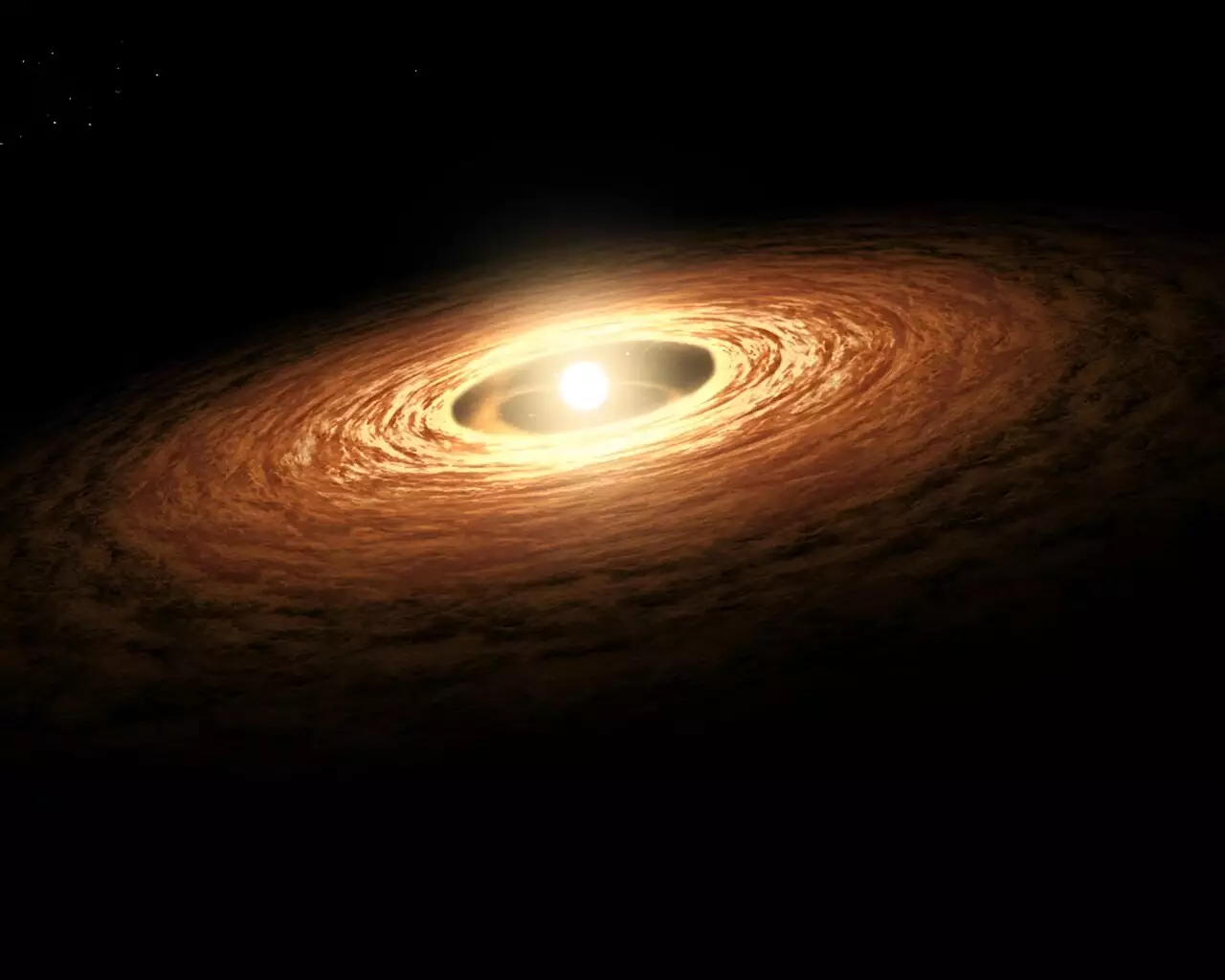For centuries, the origins of various elements in the universe have been a profoundly captivating subject for scientists. For most of the 20th century, beryllium-10 was largely perceived as an element birthed from the horrifying yet spectacular explosions of supernovae—gigantic stellar deaths thought to be the primary sites for the creation of heavy elements. However, a recent groundbreaking study conducted by researchers at Oak Ridge National Laboratory (ORNL) has dramatically changed the global scientific narrative surrounding this enigmatic isotope. Instead of being a product of violent cosmic events, it now appears that beryllium-10 predates supernova activity, irrevocably altering our understanding of nuclear astrophysics.
A New Scientific Scrutiny
The revelation emerged through the recent analysis of beryllium-10, a radioactive isotope that existed during the formation of our solar system approximately 4.5 to 5 billion years ago. Lead researcher Raphael Hix and his team have raised significant questions about the conventional wisdom surrounding this isotope’s stellar lineage. They state that supernovae, while pivotal in our cosmic history, may not be the primary source of beryllium-10 as previously believed. Instead, cosmic events characterized by high-energy interactions, termed cosmic ray spallation, appear to provide a more likely origin for this isotope.
Through meticulous calculations derived from experiments, Hix and his collaborators have suggested that cosmic rays, comprised of high-energy protons and helium nuclei, interact with lighter atoms in the universe—particularly carbon-12—to yield beryllium-10. This assertion implies a remarkable milder mechanism of creation that aligns more closely with less chaotic processes in the universe.
The Mechanics of Creation
Cosmic ray spallation serves as the scientific cornerstone of this new perspective. As cosmic rays hurtle through the vast expanse of the universe, their high-speed collisions with carbon nuclei can shatter the carbon atoms, literally breaking them apart and sometimes yielding beryllium-10 among other isotopes. This fantastical process underscores the complex and multifaceted nature of element formation, far from a simplified depiction of exclusively supernova-driven nucleosynthesis.
The history of our solar system emphasizes gravity’s role in shaping celestial bodies from gaseous clouds. Over eons, elements developed through various cosmic processes combined to form everything from stars to planets, creating a dense array of materials that constitutes the universe’s diverse makeup. Beryllium-10, with its relatively short half-life of 1.4 million years, confirms that any extant samples would not be remnants of ancient supernova explosions but rather surfacing from more contemporary cosmic interactions.
Revisiting Cosmic Theories
Finding evidence of boron-10 in some meteorites—a decay product of beryllium-10—further strengthens this novel viewpoint. The discovery suggests the existence of freshly produced beryllium-10 during the formation of our solar system, reinforcing the notion that our understanding of stellar birthplaces may be flawed or incomplete. This emerging perspective opens the door to future research that could radically challenge existing astrophysical models.
Hix and his colleagues have collaborated with several academic institutions to employ advanced computational resources to investigate beryllium-10’s isotopic production rates. They found significant discrepancies in the rate calculations from over five decades ago, indicating that supernova conditions might not facilitate enough beryllium-10 production to account for what is observed today. These results can potentially reshape models that link supernova events directly to solar system formation.
The Future of Astrophysics
As with all scientific endeavors, one question remains: what are the implications for our broader understanding of the universe? The shift toward cosmic ray spallation as the dominant mechanism for producing isotopes like beryllium-10 prompts astrophysicists to re-evaluate the very processes that shape galaxies and solar systems. Are supernovae still the ultimate cosmic players in nucleosynthesis, or have we merely scratched the surface of more intricate cosmic interactions?
In essence, this research heralds an era of renewed scrutiny and debate about cosmic processes that are foundational to our understanding of the galaxy’s history. Each finding challenges us to investigate further, keeping the wonder of the cosmos at the forefront of human inquiry. The journey in unraveling these cosmic secrets promises to be not only intellectually stimulating but may also yield solutions to questions that have lingered throughout the ages in the realm of astrophysics.


Leave a Reply